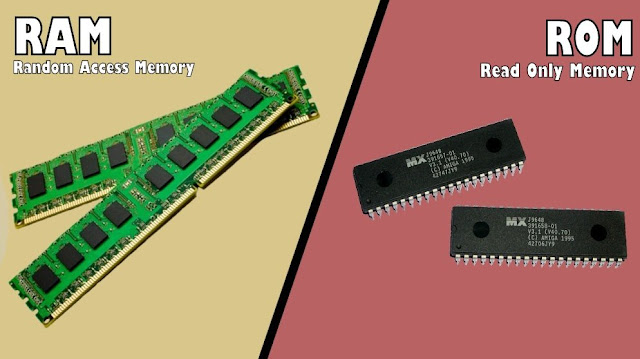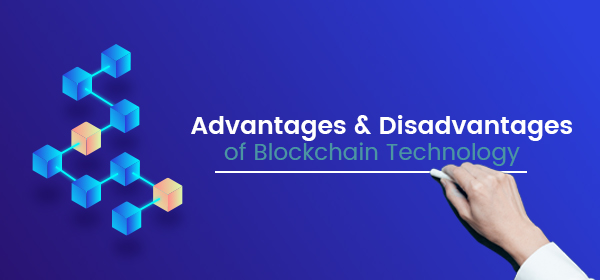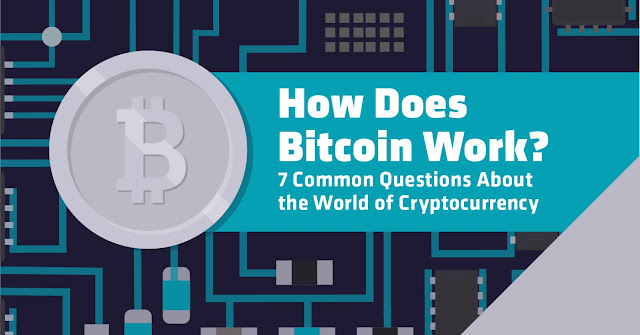Calculate Large Factorials using Big Integer in Java Program
Factorials of numbers greater or equivalent to 13 cannot be discovered using the primitive int data types as demonstrated in our earlier factorial method due to overflow. The factorials are too big to be contained in the size of an integer variable and its maximum value is only 2147483647 (2^31 1).
If we employ longer data types, any factorials higher in or greater than 21 can result in an overflow. To find the factorial for anything greater than 21 you have to make use of the BigInteger class in the java.math package.
Like the name suggests, the BigInteger class was intended to hold a massive integer value, something that is larger than the value of a lengthy primitive e.g. 2^63 -1 or 9223372036854775807L.
It is also necessary to change the method we calculate the factorial to accommodate a smaller number. Recursion is not a suitable method in order to compute the factorial for a larger number. Instead, we have to utilize for loops to calculate it.
It is also worth noting that, in common with java.lang.String and the other wrapper classes, BigInteger is also immutable in Java This means that it is essential to save the result in the same variable. If not the results of the calculation is lost.
BigInteger stores numbers as a 2's complement numbers, similar to int primitive and supports operation that is that is supported by int variables as well as all the necessary methods in java.lang.Math class.
In addition, it provides the capability to use modular arithmetic primality testing, bit manipulation as well as prime generation GCD calculation, as well as other diverse operations.
A basic understanding of the fundamental Java ideas and APIs is crucial and is the reason I would recommend everyone Java programmers take a comprehensive Java online course such as The Complete Java Masterclass on Udemy to increase their Java knowledge and API abilities.













